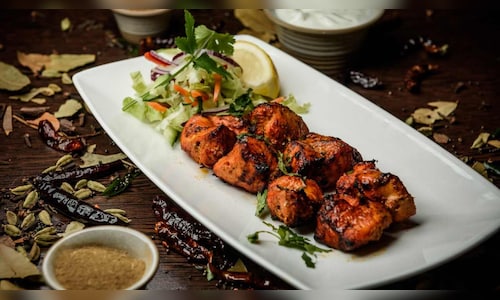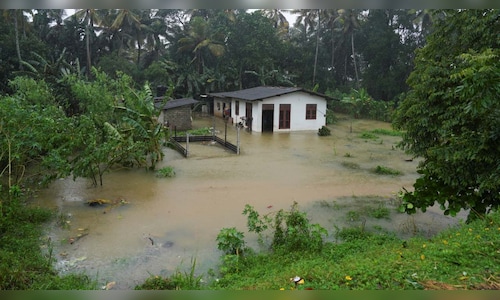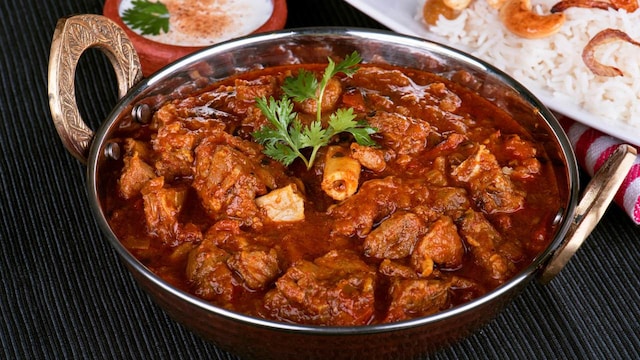
 1 / 12
1 / 12Food, for centuries, has been influenced by migrations, traders, colonists, and travellers. The rich taste and history of Indian cuisine is an outcome of centuries of ethnic blending, conquest, and trade. Although many dishes were not native to our country, some of our favourite foods were meticulously modified to become Indian classics. (Image: Shutterstock)
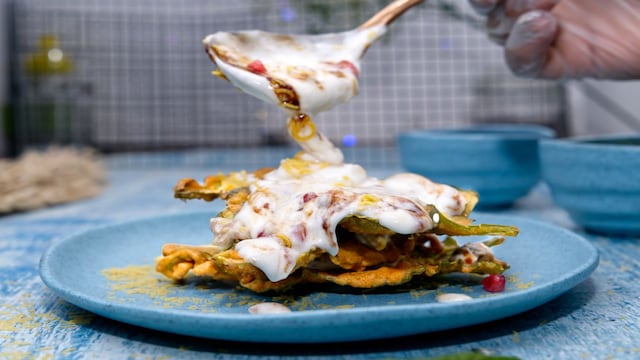
 2 / 12
2 / 12Take a delectable trip back in time to find out more about these 10 classic dishes that came from around the world before assimilating into India’s diverse culinary culture. (Image: Shutterstock)
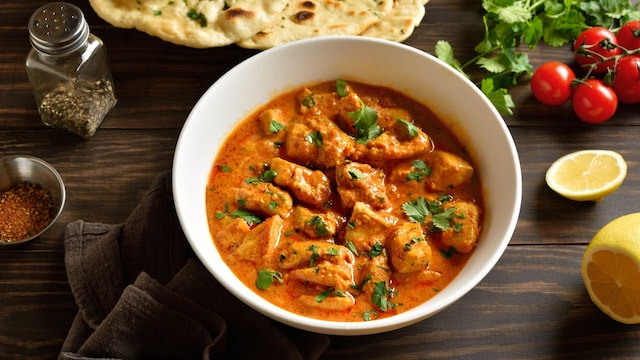
 3 / 12
3 / 12No 1. Dish: Chicken Tikka Masala | Origin: United Kingdom | Chicken tikka masala, one of the most popular Indian dishes, likely originated in Glasgow, Scotland, as a creamy version of tandoori chicken to appeal to British palates. However, many food historians concur that South Asian immigrants in the UK developed chicken tikka masala to appeal to British palates.
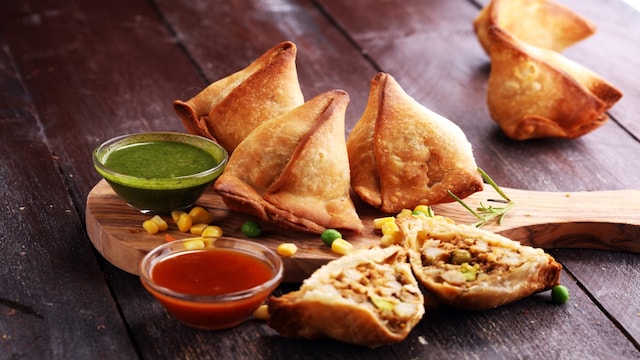
 4 / 12
4 / 12No 2. Dish: Samosa | Origin: Persia | The triangle pastry, filled with potatoes, or meat, and commonly served with tea, was originally called “sambosa” in ancient Persia. Introduced to India in the 13th and 14th centuries, it developed into the modern Indian samosa filled with spicy potatoes. (Image: Shutterstock)

 5 / 12
5 / 12No 3. Dish: Vindaloo | Origin: Portugal | The Portuguese “carne de vinha d’alhos” — meat marinated in wine and garlic — is the fiery source of the Goan pork vindaloo. Local chefs shaped it into the fiery curry we love today by adding vinegar, chillies, and other spices. (Image: Shutterstock)
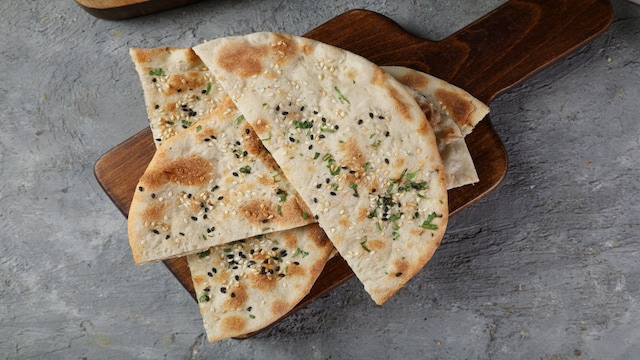
 6 / 12
6 / 12No 4. Dish: Naan | Origin: Central Asia / Persia | The most popular Indian flat bread, the naan is considered an classic and was first created by Persian and Central Asian chefs during the Mughal era and was served at royal meals in tandoors. Although naan has various regional variations from India, such as cheese, or butter-garlic, the bread itself is a delicious import.(Image: Shutterstock)(Image: Shutterstock)
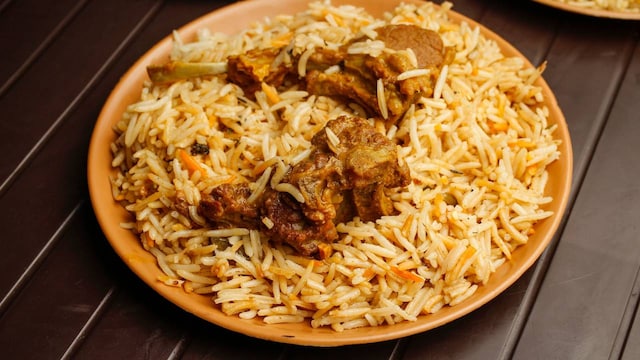
 7 / 12
7 / 12No 5. Dish: Biryani | Origin: Persia | The roots of biryani, derived from “birinj” (rice) and “birian” (to fry or roast), can be found in Persian rice dishes, but it is today closely linked to Indian culinary pride. It was honed in Mughal kitchens, which layered rice, meat, and spices to create the aromatic dish that is loved across the country. (Image: Shutterstock)
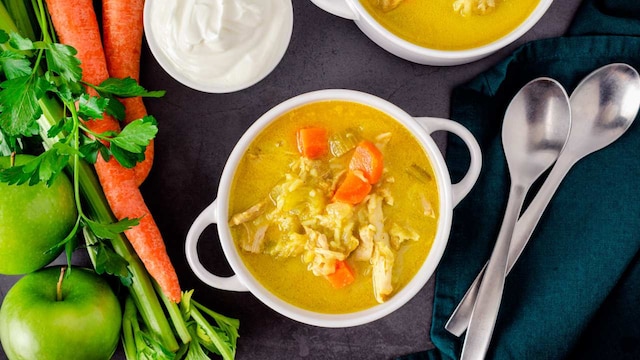
 8 / 12
8 / 12No 6. Dish: Mulligatawny Soup | Origin: British Colonial Era | Mulligatawny, which translates to “pepper water” in Tamil, is a rich mixture of rice, meat, and rasam. It was created by colonial cooks to accommodate British palates, transforming South Indian flavours into a filling soup starter.
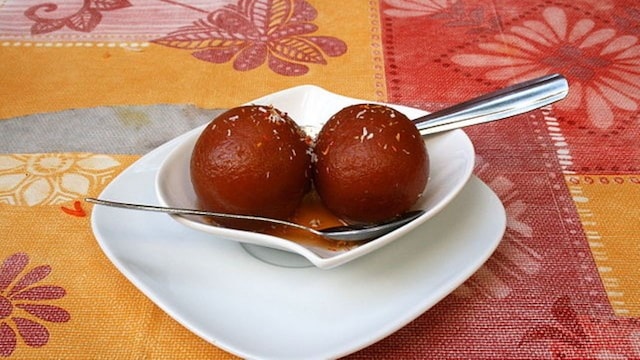
 9 / 12
9 / 12No 7. Dish: Gulab Jamun | Origin: Persia/Central Asia | The Persian sweet “luqmat al-qadi” is the origin of our favourite festival dessert. Deep-fried khoya balls dipped in rose syrup were modified by Mughal chefs to evolve into the holiday mainstay we currently enjoy. (Image: Wikimedia Commons)
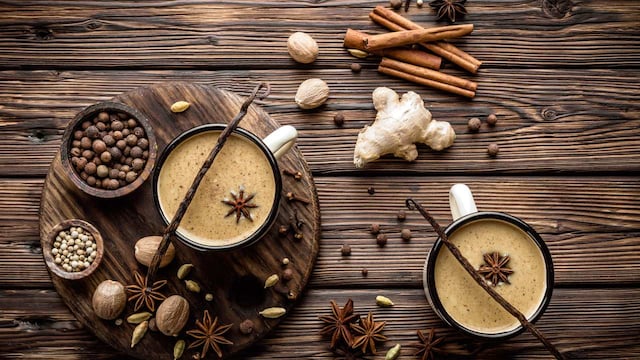
 10 / 12
10 / 12No 8. Chai (Masala Tea) | Origin: China/Britain | Our national fuel, chai, originated from China (you heard it right!). Although tea is native to East Asia, the British introduced extensive tea cultivation to India, and Indians then combined tea with milk, sugar, and spices to create the masala chai, which fuels our mornings and evenings. (Image: Shutterstock)
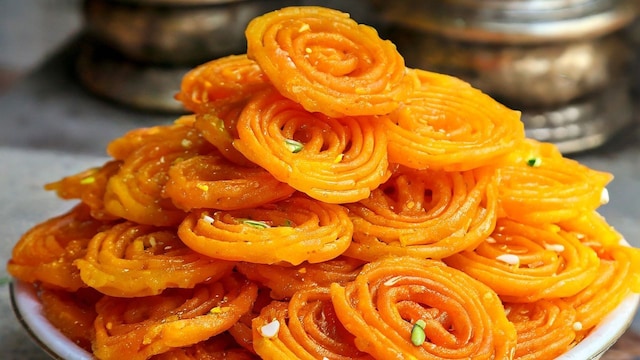
 11 / 12
11 / 12No 9. Dish: Jalebi | Origin: Middle East | The spiral of syrupy sweetness, known as “zalabiya” or “zulabiya,” originated in the Middle East and was not indigenous to India. It originally arrived by Persian traders, and Indian chefs transformed it into the distinctive golden swirl that we love today. (Image: Canva)
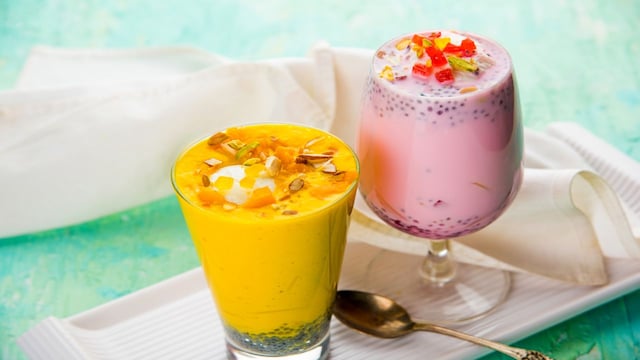
 12 / 12
12 / 12No 10. Dish: Falooda | Origin: Iran | The cool concoction of rose milk, vermicelli, and basil seeds, originated from Persian as ‘faloodeh’ and was introduced to India by the Mughals. Our sweet-tooth society adopted it, and every street-side vendor now adds a regional flair to it. (Image: Shutterstock)


